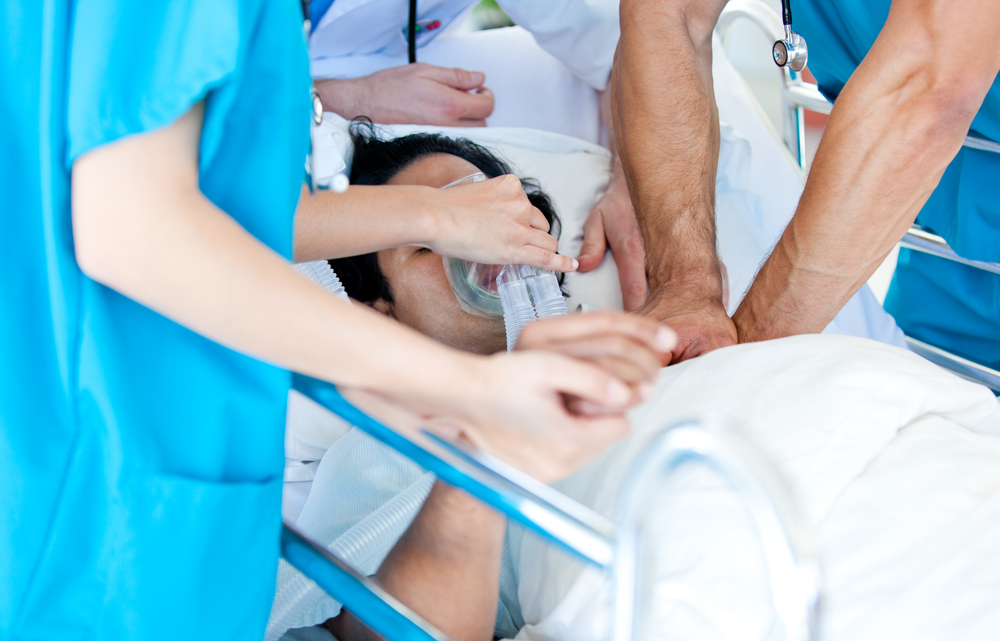Resources for Teamwork
Reducing preventable harm through culture improvement
Resources are listed to provide ideas for programs and existing program templates for culture improvement efforts. The adoption of any listed program does not ensure improved outcomes. The use of any resources should be evaluated along with culture survey feedback to align weaknesses, strengths and cultural competencies.
Common Opportunity Themes
NOTE: The resources included here do not constitute an endorsement by the Center for Patient Safety (CPS). CPS does not attest to the accuracy of information provided by linked sites.
Teamwork is a fundamental aspect that plays an important role in guaranteeing the delivery of safe and effective patient care. By fostering a collaborative and cooperative environment, healthcare professionals can work together to ensure that every aspect of the patient's well-being is taken into consideration. Whether it's coordinating treatment plans, sharing vital information, or supporting one another in challenging situations, teamwork is the backbone of a successful healthcare organization.
Patient Safety Primer: Disruptive and Unprofessional Behavior
Disruptive behavior and unprofessional actions increase the potential for medical errors and preventable deaths as well as lead to staff dissatisfaction and higher turnover. AHRQ’s Patient Safety Network explains this topic further and provides links to more information on disruptive and unprofessional behavior.
Patient Safety Primer: Teamwork Training
Providing safe health care depends on highly trained individuals with disparate roles and responsibilities acting together in the best interests of the patient. The Agency for Healthcare Research and Quality’s Patient Safety Network explains this topic further and provides links for more information on what is new in teamwork training.
TeamSTEPPS® - Team Strategies and Tools to Enhance Performance and Patient Safety
TeamSTEPPS is a teamwork system designed for healthcare professionals that is:
- A powerful solution to improving patient safety within your organization.
- An evidence-based teamwork system to improve communication and teamwork skills among healthcare professionals.
- A source for ready-to-use materials and a training curriculum to successfully integrate teamwork principles into all areas of your healthcare system.
- Scientifically rooted in more than 20 years of research and lessons from the application of teamwork principles.
- Developed by the Department of Defense’s Patient Safety Program in collaboration with AHRQ.
The TeamSTEPPS curriculum is an easy-to-use comprehensive multimedia kit that contains:
- Fundamentals modules in text and presentation format.
- A pocket guide that corresponds with the essentials version of the course.
- Video vignettes to illustrate key concepts.
- Workshop materials on change management, coaching, and implementation.

Pennsylvania Patient Safety Advisory (Vol.7, Suppl. 2)
This supplement from the Pennsylvania Patient Safety Authority outlines tactics to improve communication, including crew resource management, chain-of-command policies, and teamwork training. Three articles are included on the following topics:
- Building a Culture of Operating Room Safety Using Crew Resource Management
- Chain of Command: When Disruptive Behavior Affects Communication and Teamwork
- Patient Safety Is Enhanced by Teamwork
AHRQ Comprehensive Unit-based Safety Program (CUSP)
The Comprehensive Unit-based Safety Program (CUSP) is a method that can help clinical teams make care safer by combining improved teamwork, clinical best practices, and the science of safety. The Core CUSP toolkit gives clinical teams the training resources and tools to apply the CUSP method and build their capacity to address safety issues. The Core CUSP toolkit is modular and modifiable to meet individual unit needs. Each module includes teaching tools and resources to support change at the unit level, presented through facilitator notes that take you step by step through the module, presentation slides, tools, and videos.
IHI Disruptive Behavior Videos - How Can Disruptive Behavior Be Harmful?
This short video and discussion guide describes how disruptive behavior can lead to patient harm, the importance of responding to disruptive behavior, and steps to take when experiencing or witnessing disruptive behavior.
IHI Disruptive Behavior Videos - A Slap on the Hand
This short video and discussion guide provides an example of disruptive behavior, describes how it can harm teamwork, and provides techniques to improve damaged relationships.
Toolkit for Improving Perinatal Safety
The AHRQ Toolkit for Improving Perinatal Safety was developed to support implementation of the Safety Program for Perinatal Care (SPPC) program pillars: Teamwork and Communication skills, Perinatal Safety Strategies, and In Situ Simulation training. The customizable toolkit helps labor and delivery units improve patient safety, team communication, and quality of care for mothers and their newborns.
Professional Conduct Toolkit
The Military Health System (MHS) is led by the Office of the Assistant Secretary of Defense for Health Affairs under the Office of the Undersecretary of Defense for Personnel and Readiness. MHS focuses on changing how healthcare is delivered throughout the United States and the world. The Professional Conduct Toolkit is designed to help healthcare teams eliminate behaviors that undermine safe patient care and adopt the professional conduct that is a hallmark of high-performing teams.
.png)